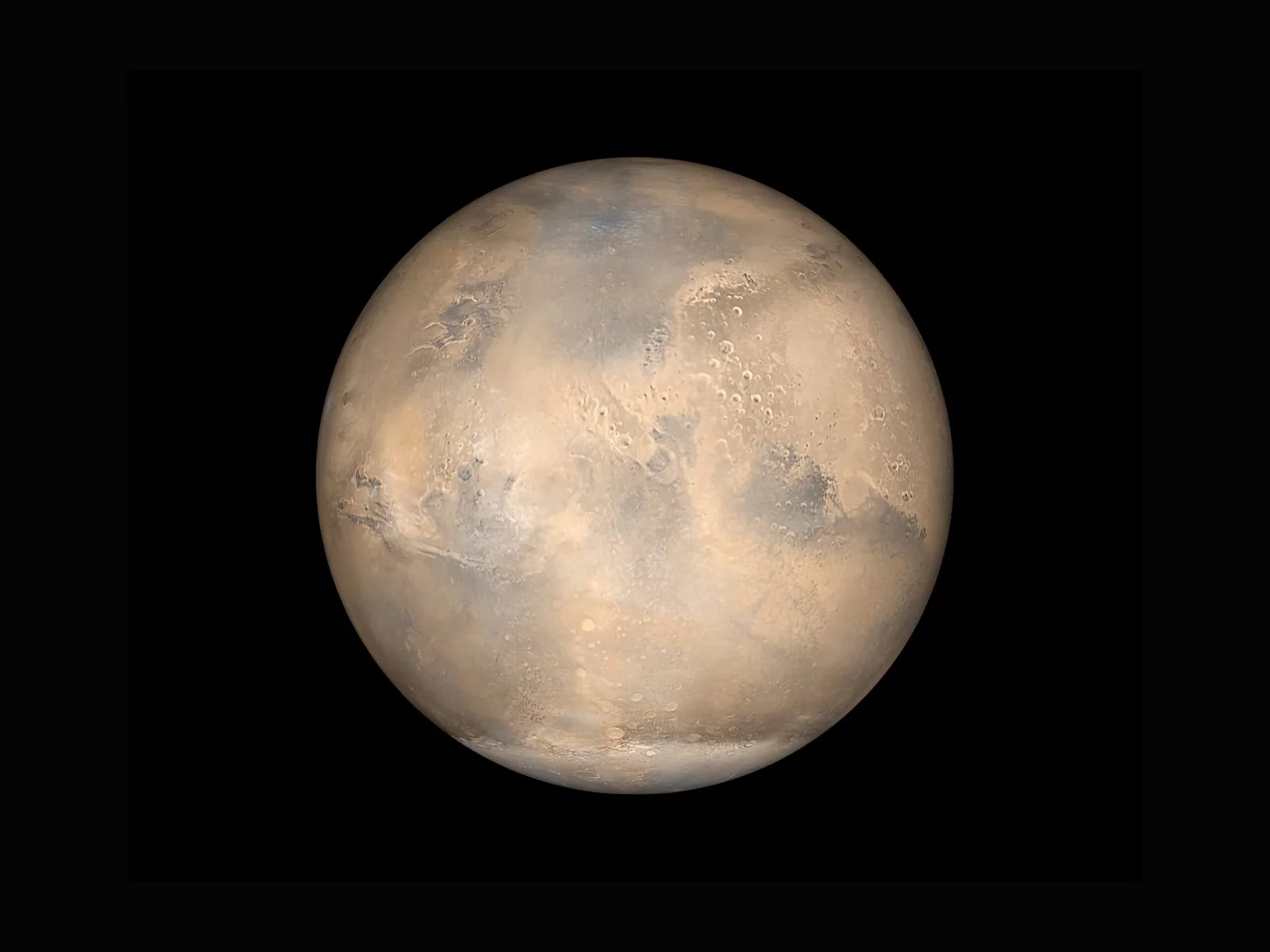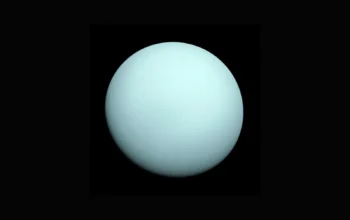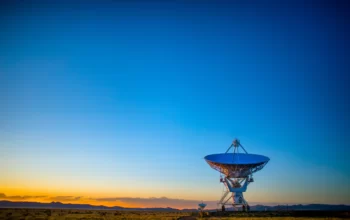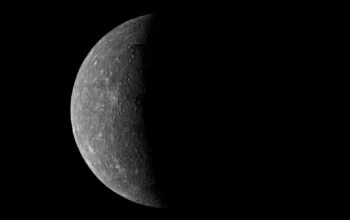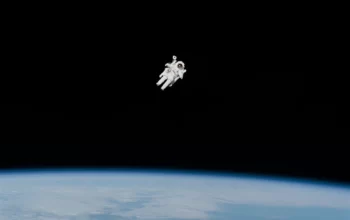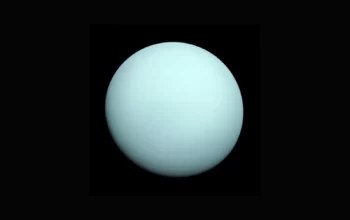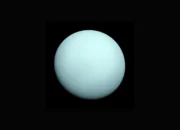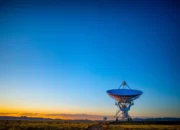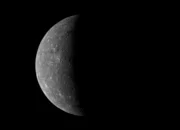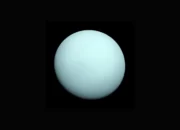middleportal.com – When it comes to celestial bodies, Mars has long captivated our imagination. As the fourth planet from the Sun, it holds a certain allure, often referred to as the “Red Planet” due to its rusty hue. But just how big is Mars compared to Earth? Let’s delve into the numbers and explore the fascinating dimensions of these two planets.
Diameter: A Measure of Size
One of the most straightforward ways to compare the size of Mars and Earth is through their diameters. Mars boasts a diameter of approximately 6,790 kilometers, while Earth, in contrast, measures around 12,750 kilometers. This means that Mars is about half the size of our home planet in terms of diameter.
Surface Area: A World of Difference
Surface area provides another perspective on the scale of these two planets. Mars covers approximately 145 million square kilometers, while Earth’s surface spans a vast 510.1 million square kilometers. Consequently, Mars has only around 28% of the surface area that Earth possesses.
Volume: A Matter of Space
Considering volume, Mars is even smaller in comparison to Earth. With a volume that amounts to only 15% of Earth’s volume, Mars is significantly more compact. This discrepancy highlights the stark contrast between the two planets in terms of their internal composition and size.
Circumference: A Half-hearted Race
When it comes to circumference, Mars falls short of Earth’s vast expanse. With a circumference that is roughly half that of Earth, Mars measures up as the smaller contender. However, it’s worth noting that while Mars may be smaller, its unique characteristics and mysteries make it no less intriguing.
Mass: A Matter of Weight
Mass is another crucial factor to consider when comparing these two planets. Mars, with its smaller size, has only about one-tenth the mass of Earth. This disparity in mass contributes to the differences in gravity experienced on each planet, with Mars having a significantly weaker gravitational pull compared to Earth.
Mars: A World Apart
While Mars may be smaller in size, its dissimilarities extend beyond mere dimensions. This enigmatic planet presents a vastly different environment, characterized by its dry, cold, and dusty nature. Its thin atmosphere and low gravity create an otherworldly experience for any potential future explorers.
Despite its differences, Mars continues to captivate the imagination of scientists and space enthusiasts alike. The potential for uncovering the secrets of our neighboring planet drives ongoing research and missions to further explore its mysteries.
In conclusion, Mars, with its smaller diameter, surface area, volume, circumference, and mass, stands as a testament to the vast diversity of our universe. As we continue to unravel the mysteries of space, Mars remains a fascinating subject of study, offering us a glimpse into the wonders that lie beyond our own celestial abode.
